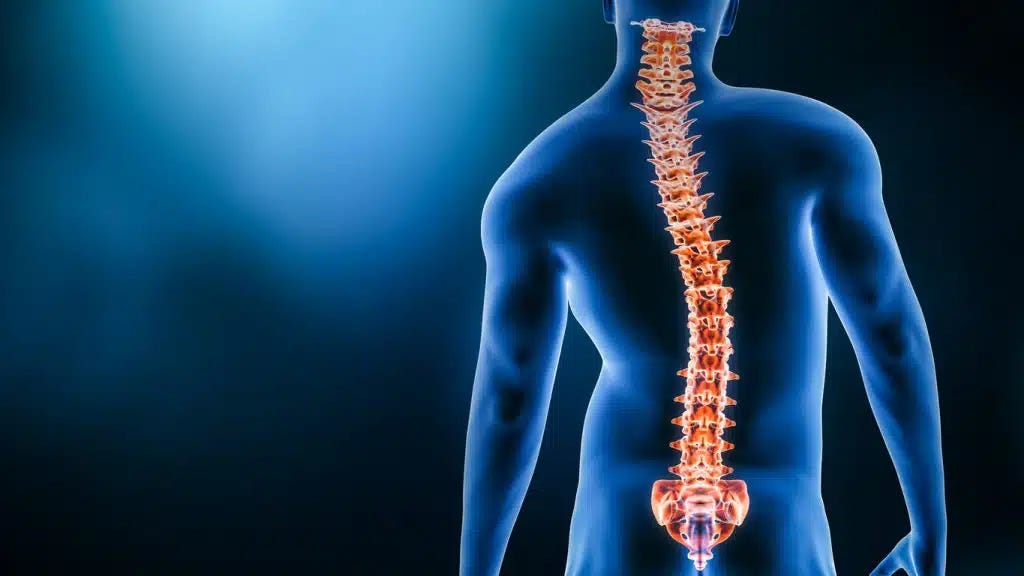What Is Scoliosis?
Written by Shrishti Harish
Introduction
Scoliosis is a condition that causes the spine to curve abnormally. It affects an estimated 2% of people around the world and is usually diagnosed during adolescent age. Most people who are diagnosed with scoliosis have mild forms and don’t cause symptoms. However, severe cases can cause uneven posture and pain.
Causes
Scoliosis typically occurs as a result of vertebrae malfunction during embryonic development and birth defects. Furthermore, studies have shown that people diagnosed with neuromuscular conditions such as cerebral palsy or muscular dystrophy develop scoliosis. A family background with scoliosis can contribute to the onset of the condition but not all cases are genetic. However, in most cases, there isn’t a specific cause leading to the condition being classified as idiopathic scoliosis.
Symptoms
Back Pain
Difficulty standing upright
A prominence on one side of the back when bending forward.
Uneven Waist
Uneven Shoulders
Muscle Spasms
Height Loss
Complications
Scoliosis can cause a wide range of problems, but it mainly depends on the severity of the condition. For those with a mild form of scoliosis, it may cause minimal physical discomfort such as chronic pain. As the spine curves, it compresses the internal organs, leading to breathing problems, making it difficult to breathe. With time, scoliosis can worsen and cause noticeable physical changes such as prominent ribs, and uneven shoulders/hips/waist which can affect posture and mobility. Additionally, scoliosis can contribute to body image concerns and reduced self-esteem.
Diagnosis
Healthcare professionals diagnose scoliosis with physical examination and imaging techniques. During a physical examination, doctors can ask patients to bend forward to observe the spine’s alignment and observe any noticeable spinal curvatures or asymmetry. If suspected during physical examination, X-rays are used to confirm the diagnosis and assess the degree of curvature. The degree of curvature is measured by the Cobb method. Additionally, a CT or CAT is used to show the shape and size of the spinal canal, its contents, and the structures around it.
Treatment
Common treatments include visiting a healthcare provider every 6 months to monitor the degree of the curve. Taking painkillers and anti-inflammatories has shown to be effective in reducing back pain. Wearing a back brace to support your spine and exercise to strengthen core muscles can help in managing scoliosis. If these treatments don’t improve the condition, surgery is recommended to stabilize the spine and relieve pressure on the nerves.
References
https://my.clevelandclinic.org/health/diseases/15837-scoliosis
https://www.mayoclinic.org/diseases-conditions/scoliosis/symptoms-causes/syc-20350716
Written by Shrishti Harish from MEDILOQUY


